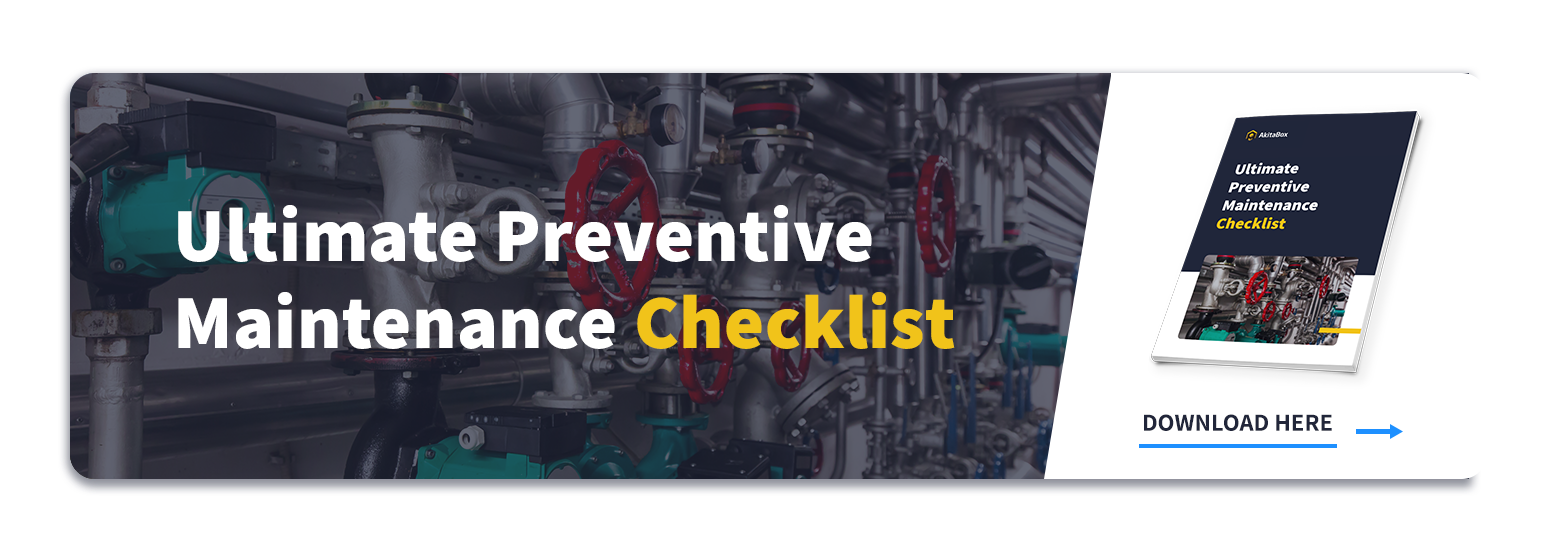Optimal school building performance is the utopia that facility management teams all hope to reach. Assets properly maintained, net cleanable square footage all cleaned, work orders completed in a timely fashion–these are all parts of an equation that equals happy staff and students and a better looking bottom line. But maintaining compliance with regulations and reducing liability? That’s true facility management nirvana.
Why Facilities Should Care About Liability
No matter what part you play in the process–whether you’re a maintenance tech, CFO, or director of facilities–you have a responsibility to keep your staff and students safe and healthy. This responsibility is laid out in more concrete terms through regulations and statutes set by federal and state governments, school boards, outside vendors and contractors, or by your own team.
“Liability” is often thought of as a legal term. If your facility and its assets don’t pass inspection, you’re liable for fines or citations. If a student or staff member is seriously injured due to improper management of an asset, your team is liable and may be held accountable during a legal proceeding. In general, we hear “liability” and associate it with “risk” and “opening the door to “possible disaster”.
Get outside! A playground with poorly maintained equipment is a hotspot for injury. Each year, 200,000 children under the age of 14 are treated for playground-related injuries (most of which occur at schools). Think rust, sharp metal edges, falls from high places, inadequate fall surfaces–it’s a jungle(gym) out there. Groundskeeping still falls under the facility management umbrella. Add playground equipment to your inspection list.
What Are the Risks for Facilities
A version of this “possible disaster” is injury caused by improper facility management. The worst case scenario is a negligence or personal injury lawsuit. This can be a nightmare for everyone involved – from facility managers, capital planners, teachers, parents, superintendents and school boards. Between legal fees and insurance premiums, a lawsuit is going to be a fiscal emergency. And fiscal problems don’t take into account intangible outcomes such as interruptions to academic life and bad press. Obviously this means you shouldn’t take any chances in the legal arena.
Maintaining Compliance in Facilities: How and Why
So how do we avoid opening the door to these risks? State and local compliance statutes vary, so your first best bet is to reach out to your district operations team–they should know the rules and how to follow them, as well as when scheduled inspections and audits will happen. Be sure to check your Department of Public Instruction’s website for resources as well. For example. the Wisconsin DPI’s School District Facility resource links to state statutes regarding health and safety standards and building inspection standards. Organizations like the National Center for Education Statistics are trusted sources that offer guides for facility maintenance and building audits. But at the end of the day, listen to common sense. If something looks unsafe, it probably is. This is never a replacement for real knowledge of codes, but it can keep you and your team holding each other accountable in the meantime.
Reducing Liability with Facility Management Software
Once you’re armed with knowledge, preventing compliance issues boils down to proper budgeting and preventative maintenance. Does your school have the resources to follow all the rules, or is their facility management team simply scraping by? Reactive maintenance is a cycle that can be tough to break, and putting out fires all day doesn’t leave much time to thumb through a list of compliance regulations.
Keeping up doesn’t mean doubling the size of your facility management team. Smarter, not harder, right? Investing in the right facility management software for schools empowers team members. Staying organized, increasing wrench time, properly allocating man hours–these are powerful tools that ease congestion and foster proactive facility management. A powerful CMMS is the most effective tool a facility manager can wield, and it will help a team identify and reduce liability.
Facility management software is its own insurance: invest in one now, save money from a possible fine or lawsuit later. It never hurts to have a safety net.
